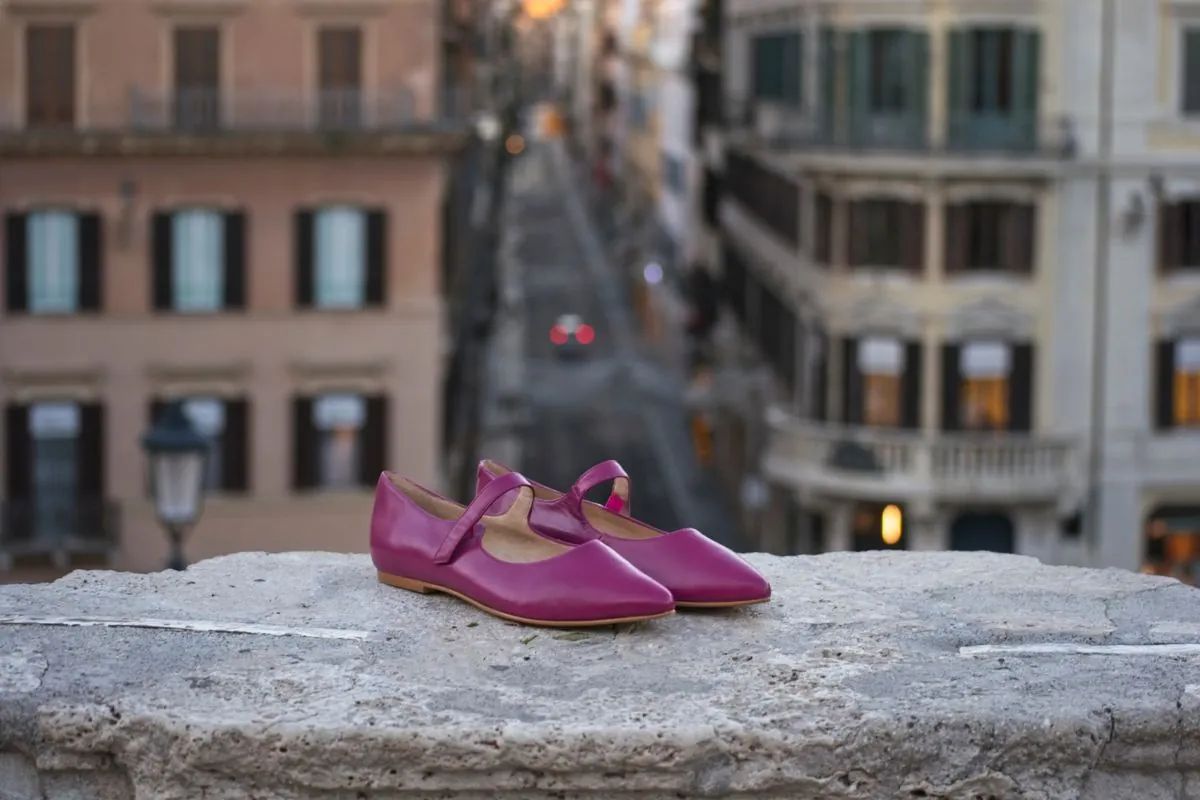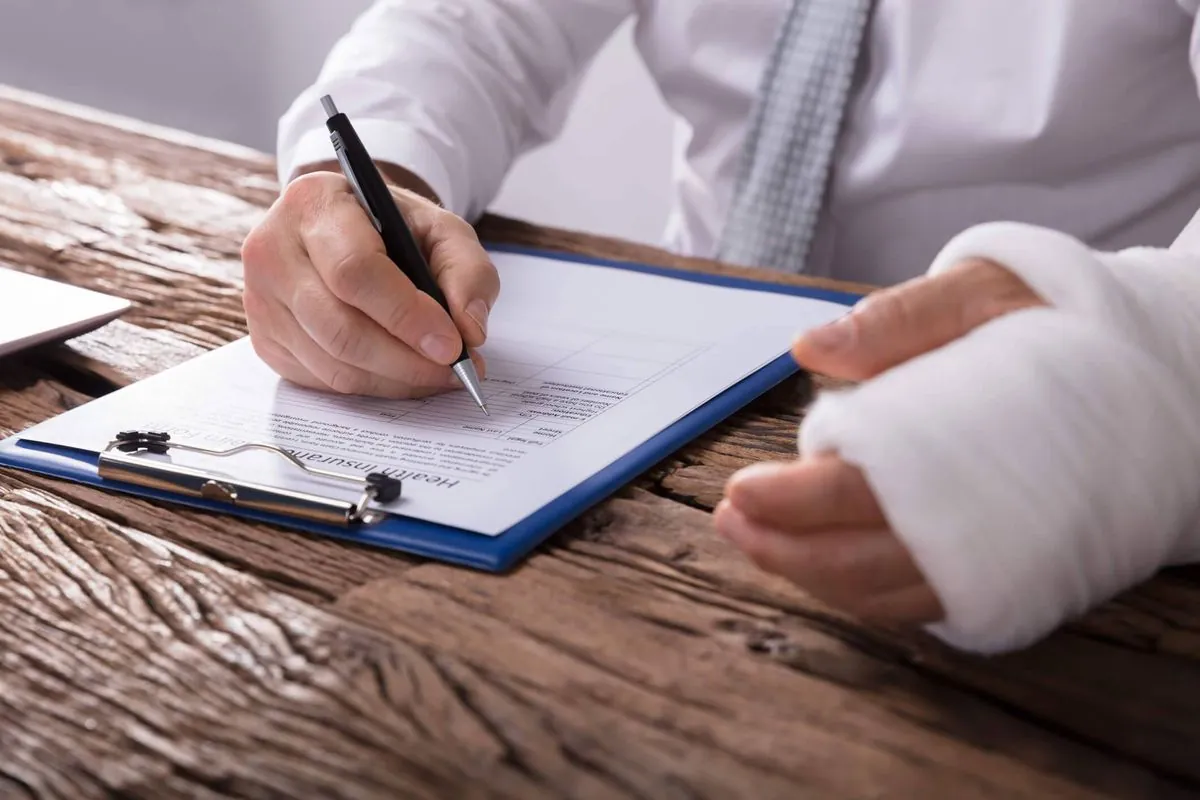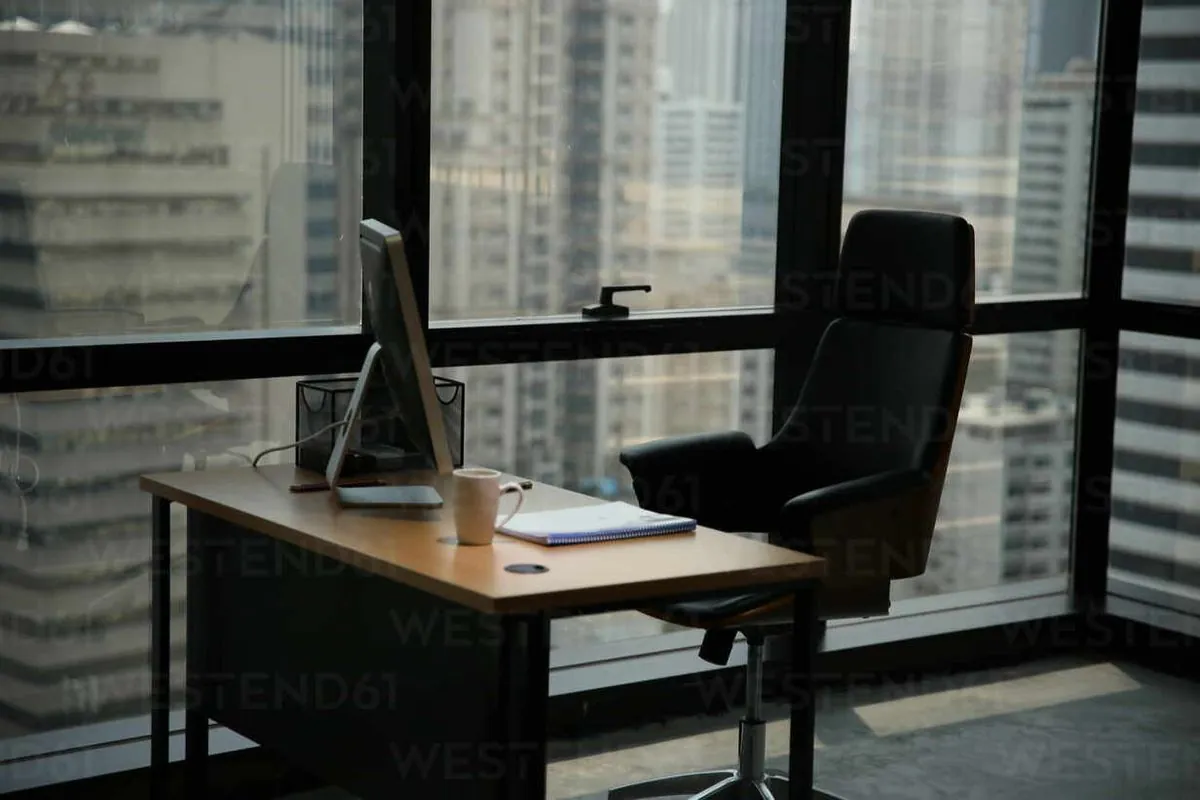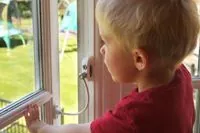Smart Office Attire Resurges as Workers Tire of Casual Home Wear
Sales data reveals a significant increase in tailored clothing and smart shoes as office workers seek to differentiate work and home environments. Stylists note a trend towards elevated workwear that balances comfort and style.

Recent sales data indicates a resurgence in smart office attire as workers seek to differentiate their work and home environments. John Lewis, a prominent UK retailer, reports a 63% increase in tailored trouser sales over the past six months, while woven tops, including waistcoats, have seen a remarkable 163% surge.
The shift towards smarter office wear is particularly evident in footwear choices. Sales of "proper" shoes, such as loafers, Mary Janes, and ballet flats, have doubled in the last year. Mary Janes, which originated in the early 20th century and were named after a comic strip character, have become especially popular. John Lewis reports selling enough of its £59 version to line Oxford Street three times over, a distance of approximately 3.6 miles.

This trend reflects a broader change in work culture. In 2023, 44% of British workers engaged in remote work at some point, according to the Office for National Statistics. As flexible work arrangements become more common, employees are making a conscious effort to dress up on office days.
Personal stylist Gigi Vakilzadeh notes that clients are investing in durable, tailored clothing for a confidence boost when going into work. Another stylist, Lindsay Edwards, observes that while office workers are dressing more formally, they're not entirely abandoning the comfort associated with home working.
"Lots of businesses have had a real drive to encourage workers back into the office and a lot of people are also sick of wearing cosy clothes – they want to feel the distinction between work and home. Yet these looks also lend themselves to dress-down and smart casual weekend attire, or suiting with trainers, Mary Janes with easy skirts and dresses."
The trend extends to senior professionals as well. Booth mentions styling a tech CEO who wanted an elevated workwear wardrobe centered around smarter shoes, moving away from the casual trainer look.
Interestingly, while there's a shift towards smarter attire, comfort remains a priority. High heels haven't made a significant comeback, with 80% of heeled shoes sold featuring lower heels like kitten heels, which originated in the 1950s.
This evolution in office fashion reflects a broader trend in the global women's workwear market, projected to reach $35.9 billion by 2025. It also marks a departure from the "athleisure" trend that gained prominence in recent years, with the term being added to the Merriam-Webster dictionary in 2016.
As the workplace continues to evolve, it's clear that employees are seeking a balance between professionalism and comfort, redefining office attire for the post-pandemic era.


































